Rice is one of the most common foods in the world, which has been known for 6000 years. Today it is produced mainly in Asia, but it is consumed all over the world. Rice is one of the main ingredients of the delicious Asian cuisine, but it is also widely used all over the world.
There are different types of rice, but their divisions are according to the geographical location. The first is white rice, which is considered a sacred food in Asia. There is African rice and wild rice, which can grow anywhere. African and white rice can be of different types and each one has its own aroma, taste, color, length and degree of stickiness.
Among the most common types of rice are red rice, black rice, basmati rice, long grain rice, jasmine rice, arborio rice, etc.
We will focus in more detail on jasmine rice. It originates from Thailand and is very often used in South Asian cuisine. Jasmine rice is extremely fragrant and is an excellent alternative to ordinary long grain rice.
Jasmine rice has a pleasant floral aroma and when it is cooked it acquires a soft and sticky structure. Many people confuse jasmine rice with basmati rice and although they are quite similar, there are significant differences between them.
Jasmine rice has a fine aroma and soft sticky texture and its grains are shorter and thicker than those of basmati rice. Basmati rice needs to be soaked for at least 30 minutes before cooking, because this way the grains will absorb more water and will cook evenly. Rice is traditionally prepared by boiling, while jasmine rice usually steamed or prepared by the absorption method, which means that it is prepared in a certain amount of water, which is completely absorbed by the rice.
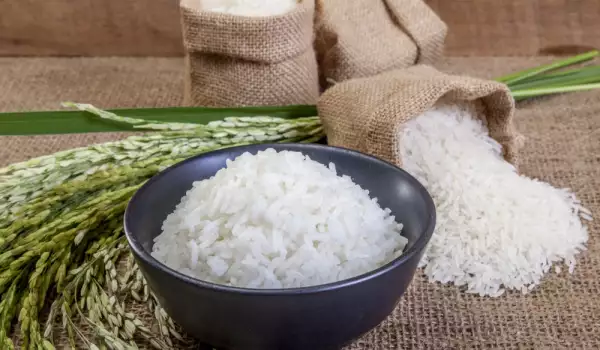
Some people compare the aroma of jasmine rice to the aroma of flowers. This is because the rice fields in which it grows are irrigated only with clean water from the mountains. The grains of jasmine rice have one strip, lengthwise. During cooking, this strip cracks and this is how the delicate aroma of this type of rice is released.
Types of Jasmine rice
Thai and Cambodian jasmine rice have almost the same characteristics because they grow in the same geographical area. Cambodian jasmine rice is white (bleached and polished) and brown rice. Jasmine rice is also grown in Laos and Vietnam, but is not as common as Thai jasmine rice. It can also be brown and white and most of it is exported to Europe and North America.
Glycemic index of jasmine rice
Jasmine rice has a glycemic index of 68-80. Foods with a glycemic index of less than 70 are preferred in healthy diets because their slower absorption protects against spikes in blood sugar. This makes jasmine rice one of the healthiest types of rice.
White jasmine rice is very fragrant and when boiled and it has a more sticky consistency. Brown jasmine rice retains the light brown outer layer of the rice grain. It is more beneficial to health than white because it contains the substance oryzanol, which can lower cholesterol. Brown rice is rich in vitamins A and B, beta-cartoin and contains antioxidants that support the nervous system.
100 g of jasmine rice contains 355 calories and 0.7 g of fat, of which 0.2 g are saturated; 6 g are protein; 81 g are carbohydrates and only 0.01 g are salt.
Cooking Jasmine Rice
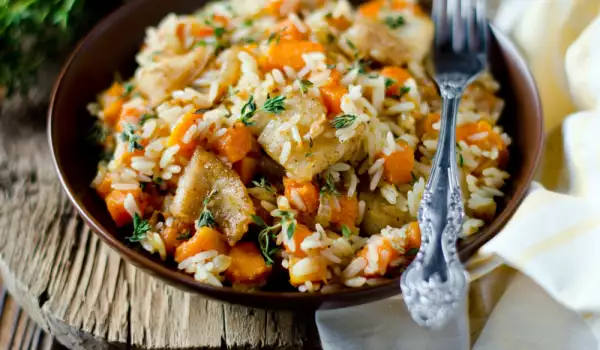
The first step in the culinary processing of jasmine rice is its rinsing. Always wash it well with cold water and wash it until the water turns clear. Strain the rice well and then start cooking it. You should keep in mind that jasmine rice does not absorb as much water as regular rice.
As we know, ordinary rice is boiled in water in a ratio of 1:3, while jasmine rice is boiled in a ratio of 1:1.5. Once the water starts boiling, let it boil for about 20 minutes, remove it from the heat and let it stand for 5-10 minutes.
The cooked jasmine rice is soft, very white and is not very sticky. It goes well with vegetables, meat and seafood. You can experiment by cooking it in sweet and sour combinations, as well as with exotic fruit such as pineapple. Thanks to its delicate taste, you can consume it on its own as a main dish without various additives.
Benefits of Jasmine Rice
When combined with drinking plenty of water, jasmine rice improves peristalsis and prevents from constipation. Brown jasmine rice contains valuable insoluble fiber, which helps food to pass faster through the gastrointestinal tract, while softening the stool.
The vitamins and minerals in jasmine rice protect against some cancers. The complex carbohydrates in this type of rice provide long-lasting energy. Jasmine rice is much more nutritious than regular white rice - it has twice as much fiber, three times as much magnesium and five times as much vitamin E. Replacing plain rice with jasmine rice reduces the risk of type 2 diabetes.
Now that you know the benefits of jasmine rice, you can make some great rice recipes like Spanish paella, chicken with rice, rice with mushrooms, lamb with rice, pork with rice, rice salad and why not rice pudding.
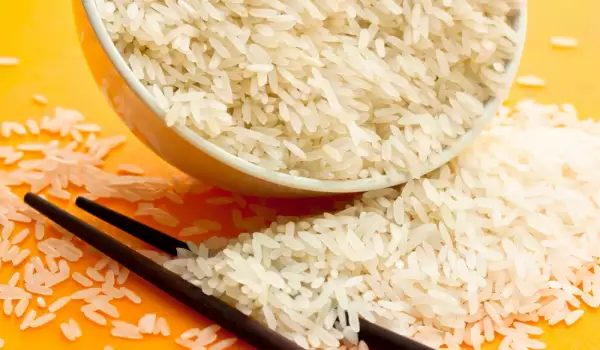
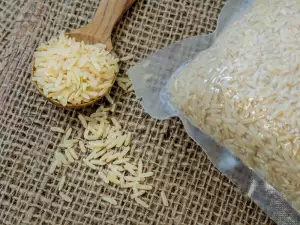
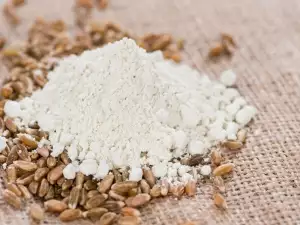


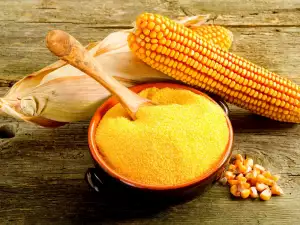
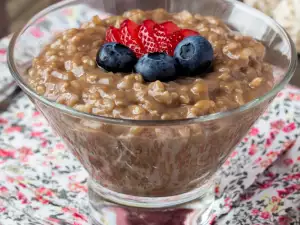


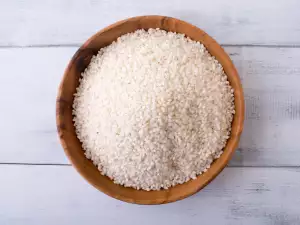

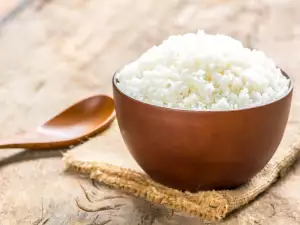
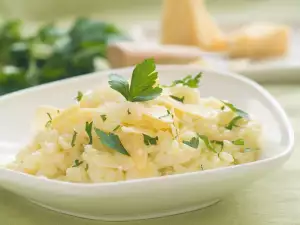
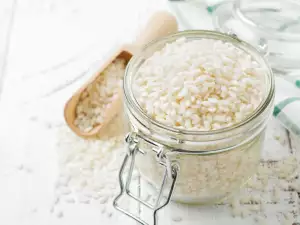




Comments